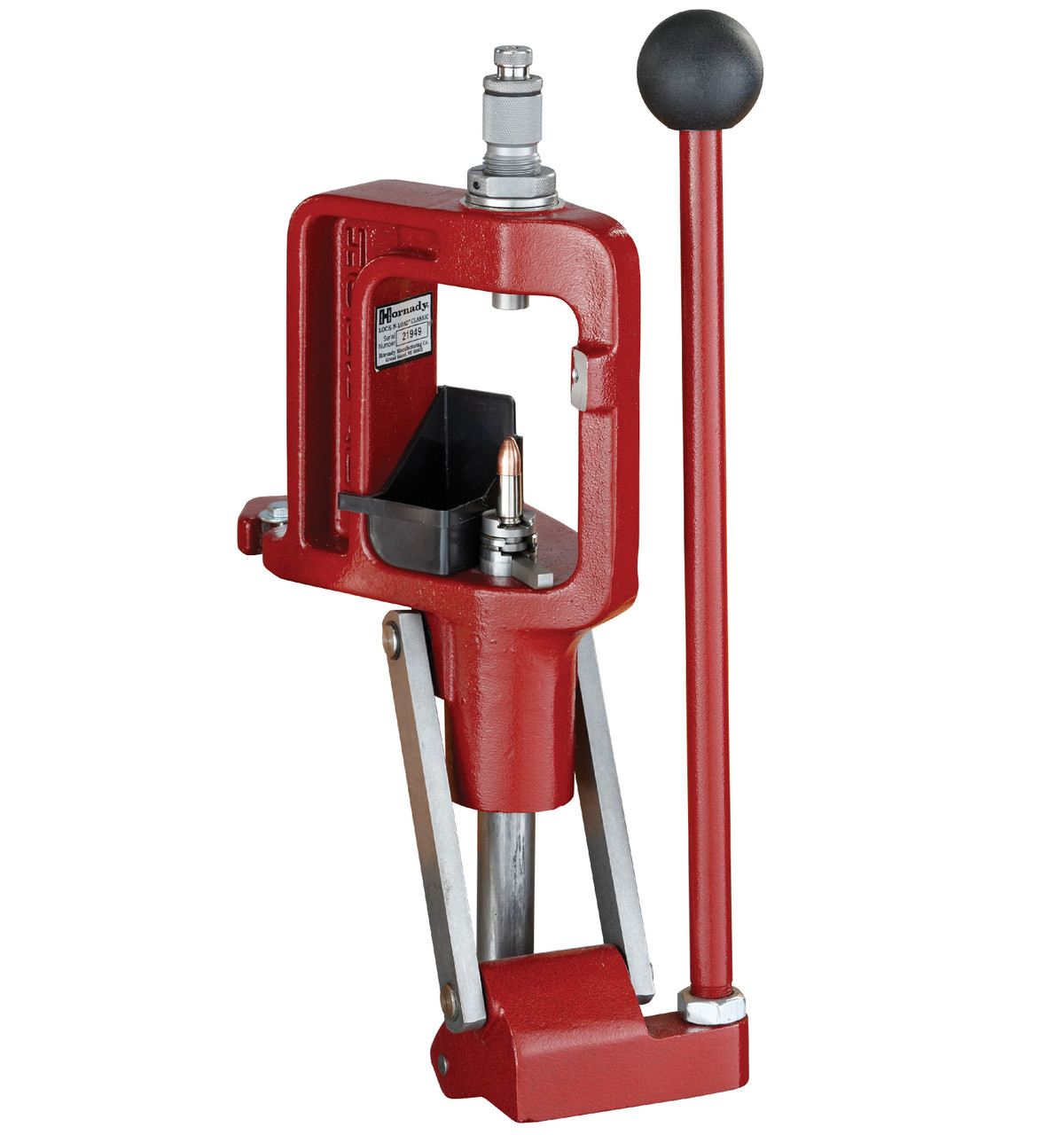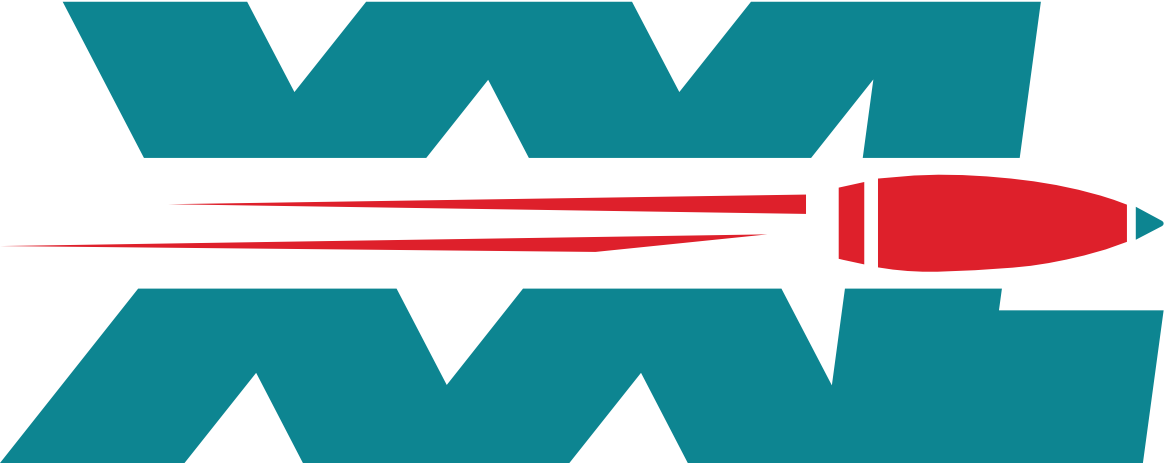
Must-Have Reloading Equipment
A. Reloading Press
A reloading press is an essential tool for any shooter looking to save money and increase performance. This type of press is used to convert individual rounds of ammunition from components - including bullets, primers, brass cases, and propellant powder - into a finished cartridge ready for firing. The process is known as reloading, and it provides shooters with the ability to make their own tailored ammunition without the need for purchasing large quantities from a factory-loaded round. By carefully measuring out each component, you can customize your ammunition to better suit your firearm and shooting needs. Reloading gives you control over every aspect of bullet construction from the diameter of the projectile, its weight, powder load, seating depth, primer size, and neck tension.
When using a reloading press correctly (with safety precautions taken at all times!), youll have access to more consistent and accurate rounds that are custom-made specifically for your firearm. The advantage this offers in terms of cost savings should not be underestimated; when done right, reloading can save up to 50% or more off the cost of pre-manufactured ammo. It also helps reduce clean up time since fewer fired cases will be produced after shooting sessions; plus most reloaders will tell you they shoot much better rounds than what they were able to buy off store shelves!
B. Scales and Measuring Tools
A set of scales and measuring tools is an important part of any laboratory or workshop. Scales and measuring tools are used for accurate calculations and measurements in scientific, industrial, and manufacturing applications. For example, weighing scales measure the weight or mass of objects, while rulers and calipers measure length or distance. They can also be used to determine volume, temperature, pressure, speed, time, angle and other physical properties.
Scales come in many shapes and sizes depending on the application theyre used for. Digital scales provide a more precise reading than analog scales by providing a digital readout that allows for more accurate readings. This type of scale also often has additional features like memory recall functions, programmable settings and tare weights that provide even greater accuracy. Measuring tools such as rulers come in a variety of materials including wood, metal plastic and glass. The size of the ruler depends on the application; some are designed for larger objects while others can measure smaller objects with more precision. Calipers are also available in different varieties depending on their purpose; dial calipers display digital readouts for added accuracy while Vernier calipers provide measurements down to 0.001 millimeter increments for very precise measurements.
No matter what type of scale or measuring tool you need to use in your laboratory or workshop setting it is important to have the right tools for the job. Having access to quality scales and measuring tools will help ensure that you have the most accurate readings possible when conducting experiments or working on projects requiring precise measurements.
C. Primers, Powder, Bullets and Cases
When it comes to ammunition, the foundation starts with four essential components: primers, powder, bullets and cases. Primers are a small metal cup that contains a chemical compound used to ignite gunpowder in ammunition. Powder is the propellantthe substance that creates the explosive force behind a bullet. Bullets are the projectile that fly through the air and hit the target. And lastly, cases contain all of these components together in one unit.
Primers are usually made of brass or lead and have a thin layer of shock-sensitive explosive material on their inside surface. The powder used in ammunition is usually made of nitrocellulose or nitroglycerin, which burns quickly when ignited by the primer's explosive material and propels the bullet out of the barrel. Bullets come in all shapes and sizes ranging from small handgun bullets to larger rifle bullets. Cases provide protection for all of these components while also providing an efficient way to store them until theyre needed.
Overall, these four components make up an essential part of any working firearm system, as they provide an effective means for reliably firing ammunition down range with accuracy and precision every time. Without primers, powder, bullets and cases, firearms simply would not function properly nor produce energy fast enough to be useful for hunting or self-defense purposes.
D. Loading Manuals and Reloading Data
When it comes to loading and reloading ammunition, having access to appropriate manuals and data is essential. A manual will provide information regarding the components used in loading and reloading as well as best practices for assembly. Reloading manuals also contain useful information about different calibers and what types of powder and bullets are most suitable for your particular type of firearm. Reloading data provides specific loading instructions for a variety of cartridges. This data includes the amount of powder needed, bullet weight, bullet style, primer type, case length and more. All of this info can be used to assemble safe and effective ammo tailored to your individual needs. With the right manual and data, you can ensure that all your rounds perform optimally each time theyre fired.
